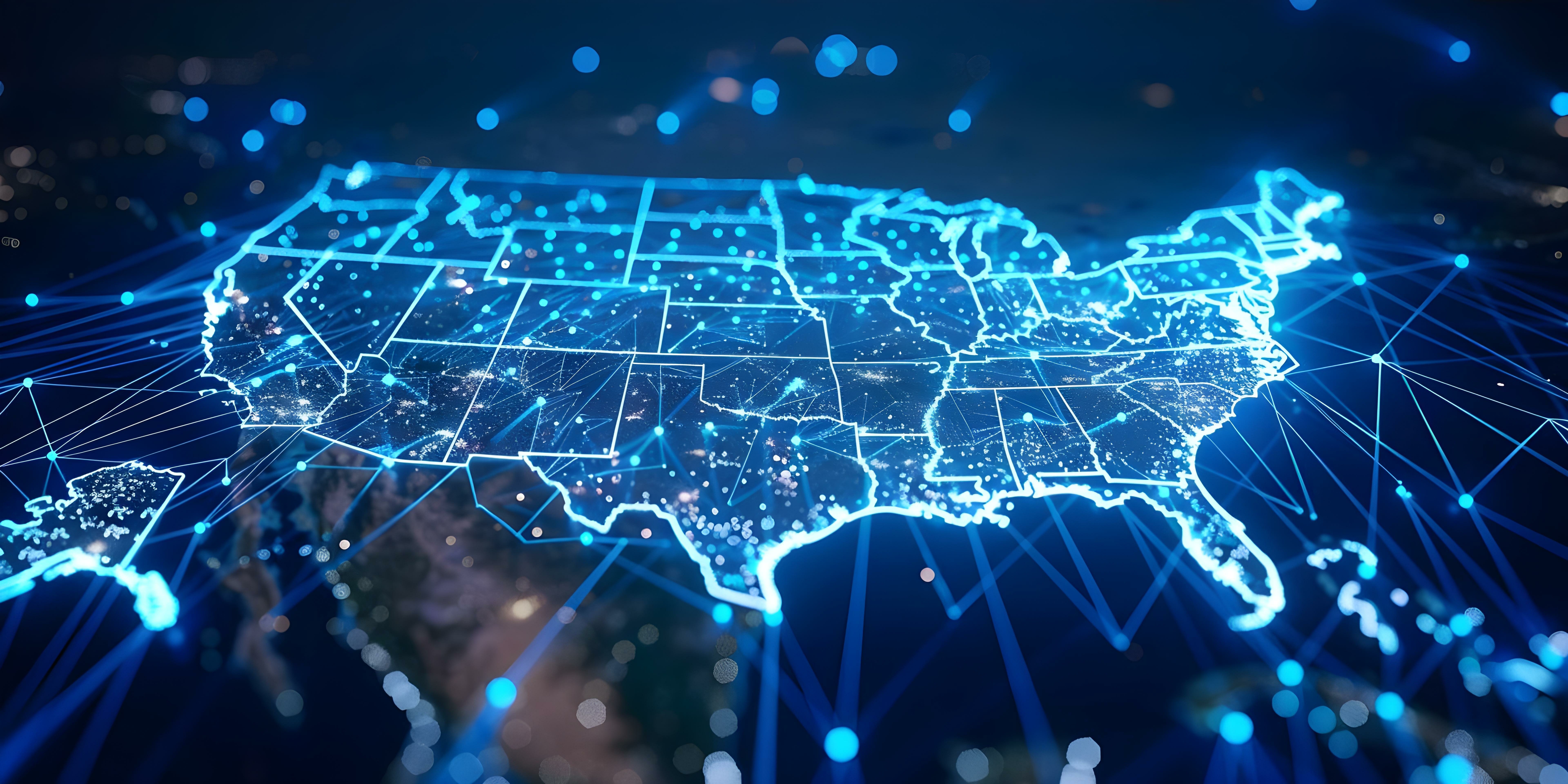The United States government is ramping up efforts to protect the nation’s critical infrastructure, providing guidance to both public and private sectors to strengthen their security and resilience over the next two years.
In a recent update, Secretary of Homeland Security Alejandro N. Mayorkas highlighted several specific risk areas that must be prioritized in a “whole-of-society effort” to protect critical infrastructure systems. These include:
- Addressing cyber and other threats posed by the People’s Republic of China.
- Managing the evolving risks and opportunities presented by AI and other emerging technologies.
- Identifying and mitigating supply chain vulnerabilities.
- Addressing the growing dependency of critical infrastructure on space systems and assets.
“From the banking system to the electric grid, from healthcare to our nation’s water systems and more, we depend on the reliable functioning of our critical infrastructure as a matter of national security, economic security, and public safety,” noted Secretary Mayorkas.
In an earlier threat assessment, the Department of Homeland Security outlined how both domestic and foreign actors were launching attacks designed to disrupt critical services or gain access to networks and information. Moreover, it warned that these actors were constantly adapting their techniques to stay ahead of existing cybersecurity defenses.
How should those with critical infrastructure—including federal agencies—respond to this latest guidance?
The starting point must be to examine the current cybersecurity applied to critical infrastructure and understand why it is not working. Today’s network-based protections only provide baseline security, while leading next-generation antivirus (NGAV) solutions—have failed to prevent sophisticated new forms of attacks being launched by Chinese, Russian and Iranian nation-state-backed actors.
Why the Nation Needs a Next-Generation Zero-Trust Approach
While most current critical infrastructure cybersecurity defenses are based on solutions from the last decade, this zero-trust approach is designed to create a more generic approach to stopping the latest attacks without waiting for software updates from cyber vendors in an attempt to stop these attacks with little chance of success. We believe our AZT PROTECT™ is the only solution available today built around truly effective zero-trust principles. Those being: stop these attackers generically by stopping their code-based attacks and APT techniques automatically – no need for updates to the protection products, no need for 24x7 IR services to find the attackers, deal with what could have been prevented, and then at that point trying to contain the damage done. And finally, no need to wait for patches by providing those with no patches yet available.
AZT PROTECT is based on patented techniques for analyzing executable code, scripts, and processes. It can instantly block any code that has a different digital pattern and memory footprint from the original source—without the need for sending and receiving data from a third-party cloud. This serves to stop all attacks immediately as they try to execute on a protected endpoint, lowering the risk of a security vulnerability exploit on devices and applications to near zero, without the need for constant patching.
AZT PROTECT is therefore playing a major role in protecting both the public and private sectors from the growing risk to the nation’s critical infrastructure posed by hostile nation-states, terrorism, and organized cybercrime. In fact, it addresses the majority of the critical risk areas flagged by the Department of Homeland Security:
- Nation-state-backed attacks. Nation-state actors have the resources to launch zero-day exploits, which generate a polymorphic set of indicators of compromise (IoCs) that can bypass existing defenses. But AZT PROTECT will identify and block them by generically detecting the techniques used.
- AI risks and opportunities: Attack kits developed using generative AI mean sophisticated attacks can be launched with increasing severity and frequency. Cybersecurity defenses from the last decade must rely on constant updates to try and catch up to the attackers—AZT PROTECT needs no updates (ever) to stop them.
- Supply chain vulnerabilities: The famous attack on SolarWinds in 2021—and the many 100s of similar attacks since—have bypassed traditional defenses by injecting malicious code into legitimate software applications, via updates passed along the supply chain, even allowing the attackers once into turn off the products in Gartner’s upper righthand quadrant. We have proven how AZT PROTECT can defend against these supply chain risks where the market leaders fall short.
- Space infrastructure: AZT PROTECT is being deployed by federal governments in some of the most advanced environments in the world. It requires no Internet connectivity, so it can be deployed fully air-gapped in highly sensitive locations—on Earth and beyond.
The Department of Homeland Security is right to call for a national effort to identify and mitigate threats and secure critical infrastructure in this dangerous new era of global volatility. We believe ARIA’s AZT PROTECT can be a critical part of the solution.
